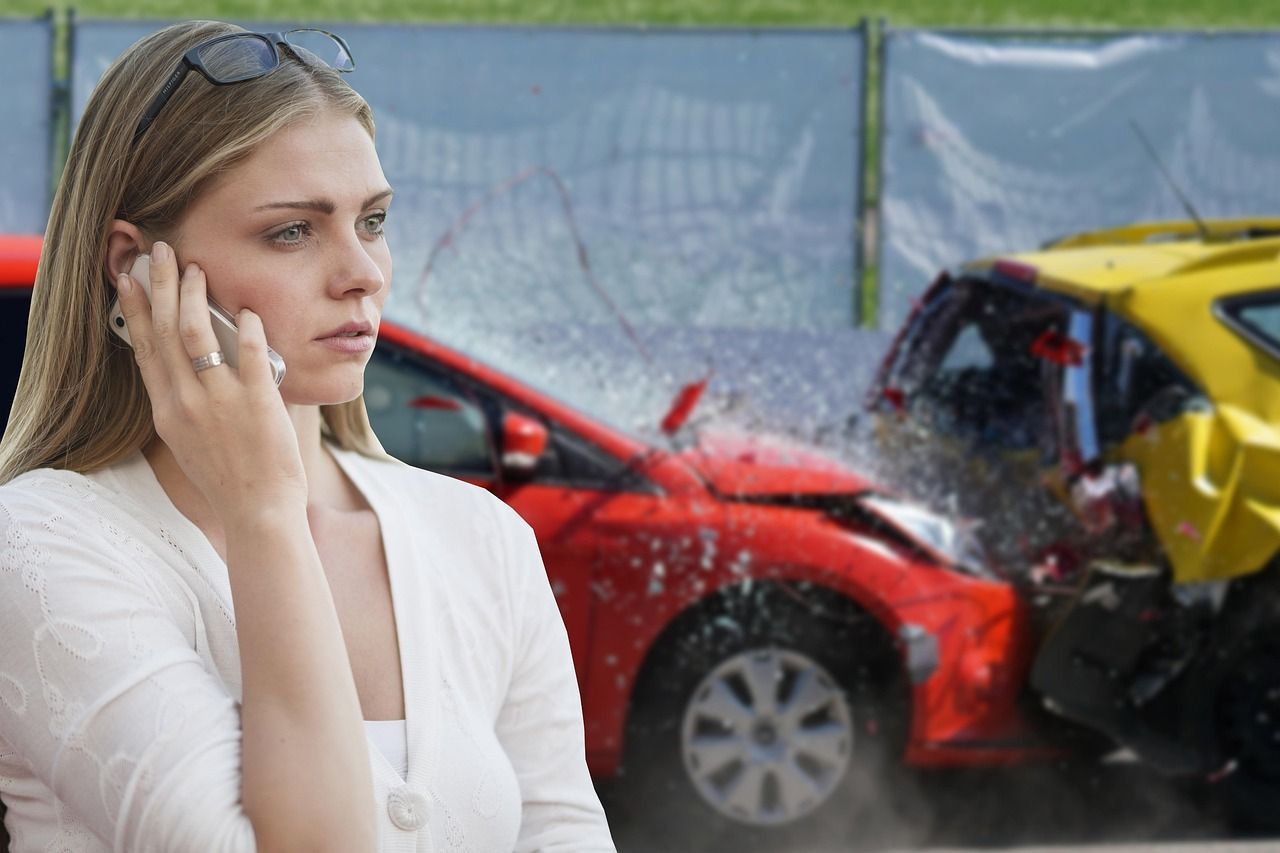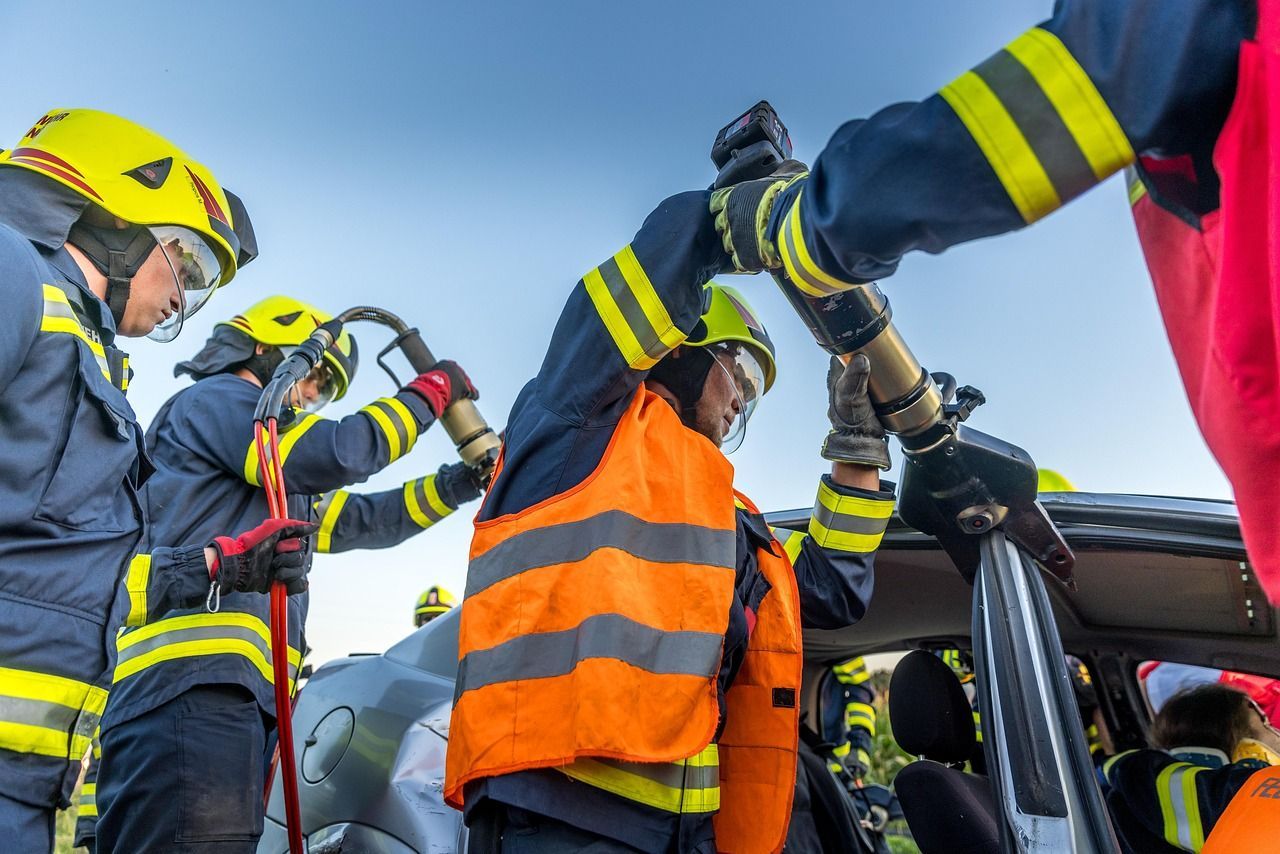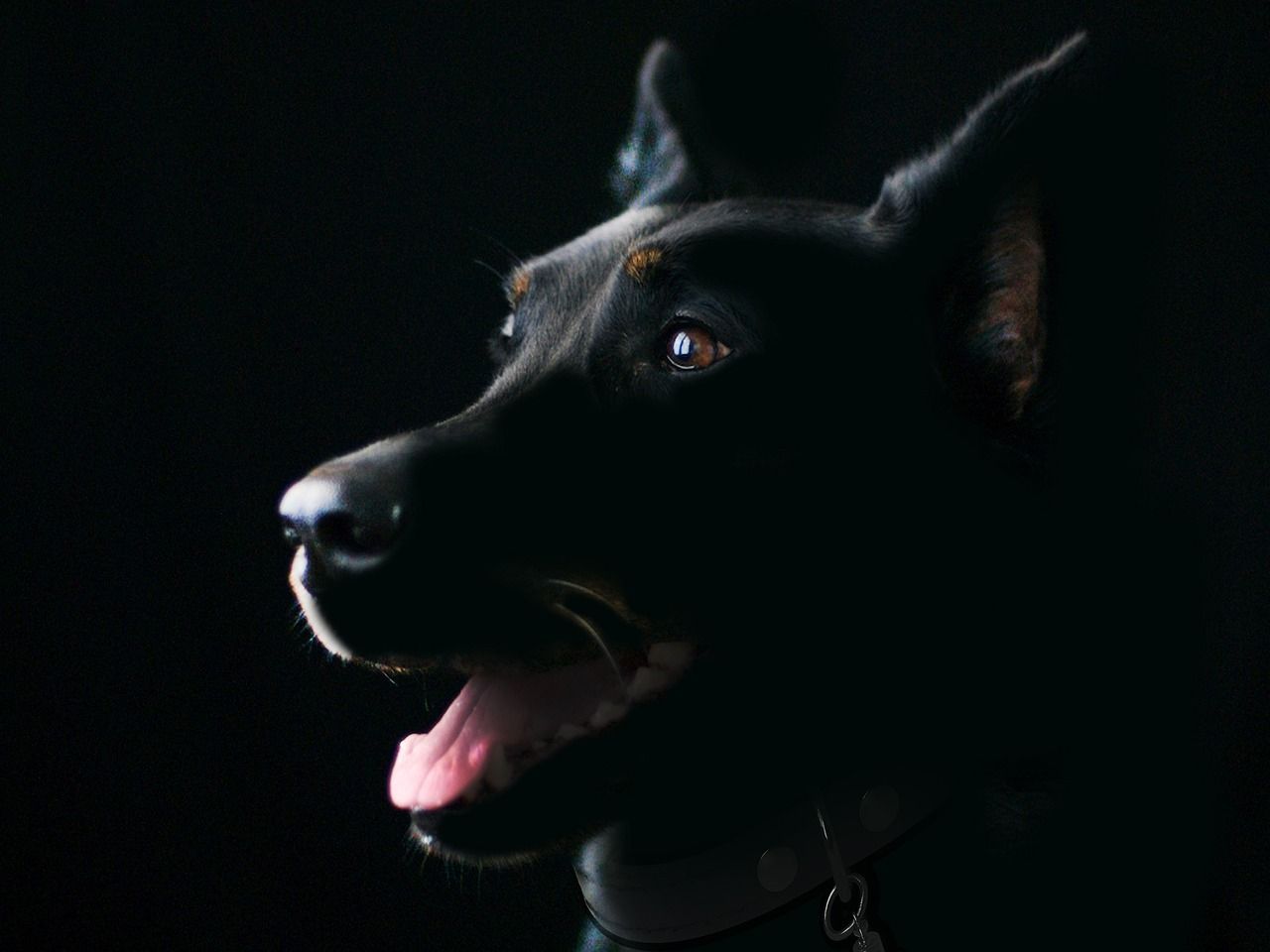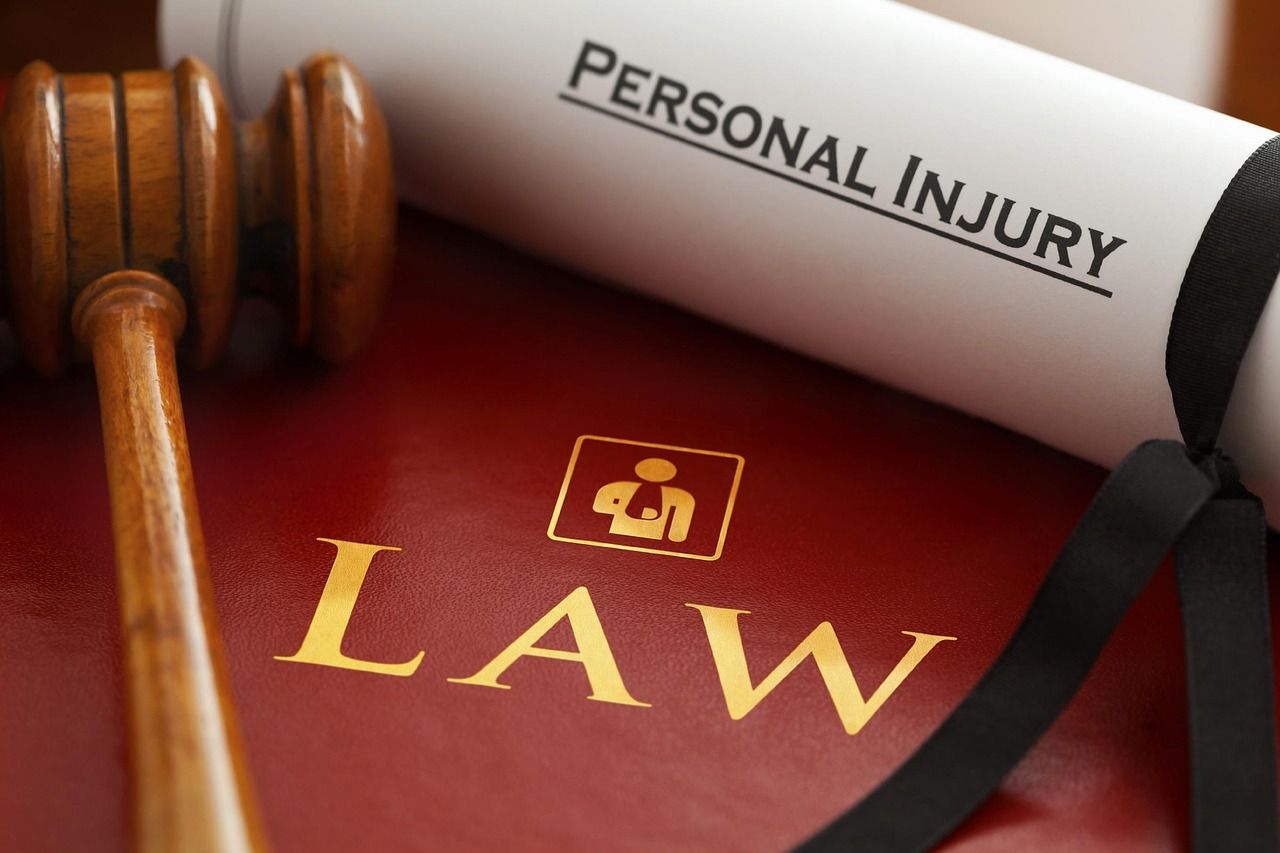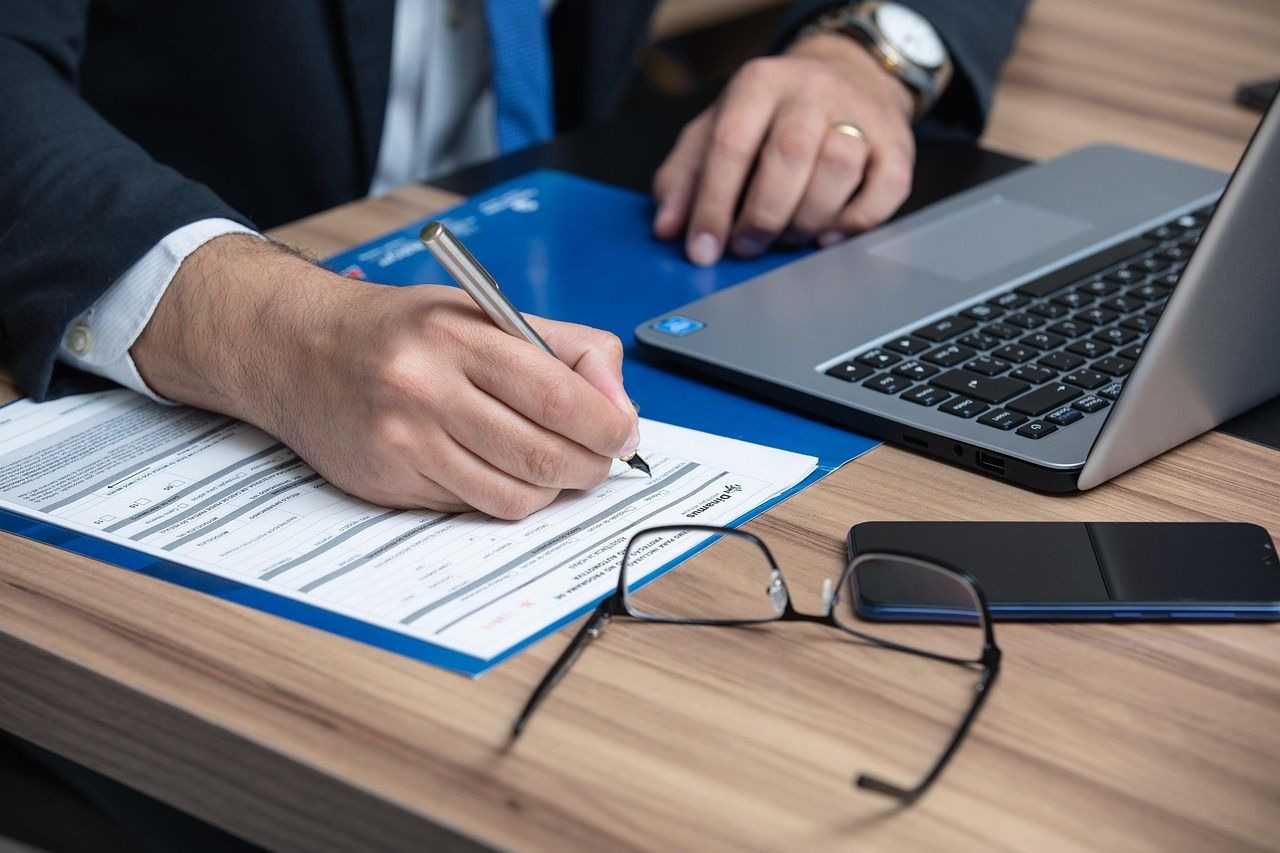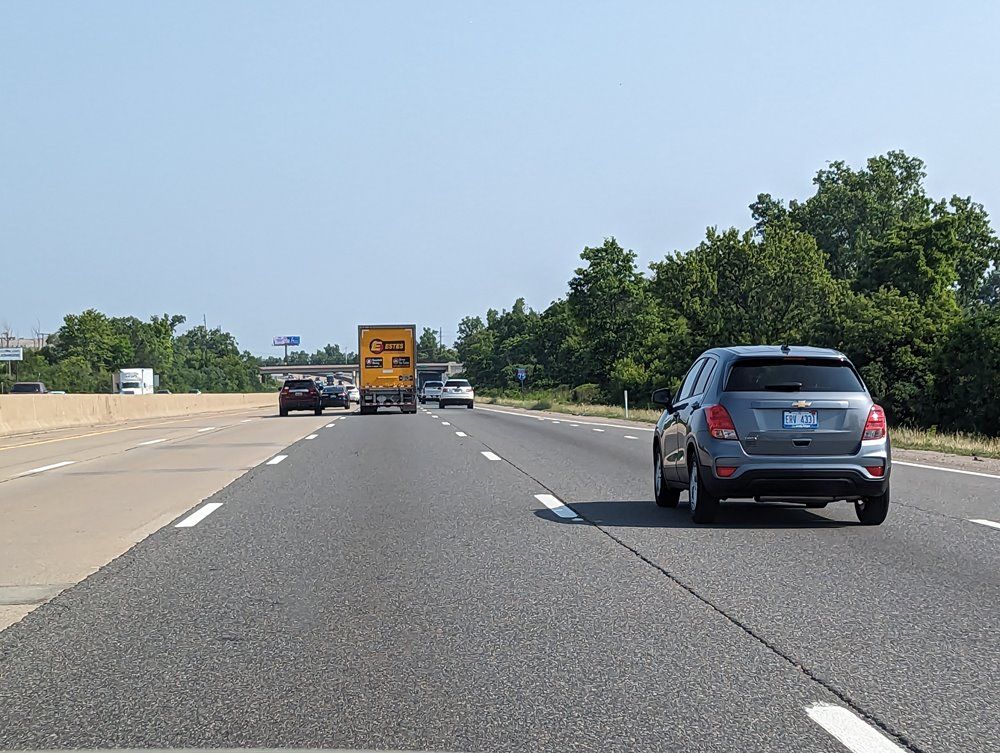I Guarantee a 24 Hour Response
Slip and Fall Accidents in Wisconsin: What Property Owners Are Really Responsible For
How Attorneys Evaluate a Slip and Fall Case
According to Paul Benson, the first thing he looks at in any slip and fall or trip accident is the cause of the fall and whether it could be proven to a jury as an unreasonably dangerous condition.
Juries, he says, often make up their minds quickly — usually from the first photo of the scene. So if the condition doesn’t appear obviously dangerous, it’s unlikely to convince twelve jurors that a property owner should be held responsible.
He also reviews whether the hazard was the result of a design or construction defect. Under Wisconsin’s statute of repose, property owners are not liable for construction or design defects that are more than seven years old. Benson believes this law unfairly protects dangerous conditions that remain on properties for years, but it’s still the legal standard.
To get around that limitation, an attorney must show another form of negligence — such as failure to maintain the property or failure to provide adequate warning about the hazard.
The Legal Difference Between Homeowners and Business Owners
Wisconsin law treats homeowners and business owners very differently in these cases.
Homeowners are held to the standard of ordinary care, which Benson describes as “a pretty low bar.” That’s why it’s rare to see successful slip and fall lawsuits against homeowners.
Businesses, however, are bound by the Safe Place Statute. This law holds commercial property owners to a higher standard because they invite the public onto their premises for profit.
Businesses must do everything reasonably possible to keep their property safe, including regular inspections and prompt maintenance. If a business fails to do so, and someone is injured, that can meet the standard of negligence.
How Wisconsin Law Handles Snow, Ice, and Weather Hazards
Winter weather is a common factor in Wisconsin slip and fall claims. The same distinction applies: ordinary care for homeowners and a higher duty of care for businesses.
For example, if it snows in the morning and a homeowner hasn’t yet had time to shovel their walkway, they’re likely not liable if someone slips before they could reasonably clear it.
But if a restaurant or store leaves ice or snow on their entryway for hours during business operations, that’s a different story. Once they’ve had enough time to respond, they can be held responsible for failing to remove the hazard.
How “Reasonableness” Shapes Every Case
Benson explains that the word “reasonable” carries a lot of weight in these cases.
If a business knows that deliveries happen before opening hours — for example, if a UPS driver arrives every morning — they’re expected to keep walkways safe even before customers arrive.
On the other hand, if someone trespasses or enters a closed property unexpectedly, the owner may not be responsible for conditions that hadn’t yet been addressed.
Each case depends on whether it was reasonable for the property owner to anticipate someone being there at the time.
Why Photos and Documentation Are Crucial
Photos are often the deciding factor in slip and fall cases. Ice melts, floors get mopped, and pavement gets repaired — sometimes within hours. Without photographic proof, it can be nearly impossible to meet the plaintiff’s burden of proof.
Benson recalls turning down a gas station case after discovering that the property had been repaved the next day and the security camera wasn’t working. Without that evidence, he couldn’t prove what the dangerous condition looked like.
He advises taking photos as soon as possible — ideally within 24 to 72 hours after the fall — and filing a report with the property owner or business. That report triggers their duty to preserve evidence, including surveillance footage.
Why You Should Always Report the Incident
Even if the injury doesn’t seem severe at first, Benson says it’s critical to report the fall immediately — either in person, by phone, or in writing.
A written report or follow-up email creates proof that the incident occurred. Without documentation, a defense attorney can easily argue that the injury didn’t even happen on the property.
“If there’s no report, they’ll ask, ‘How do we know this didn’t happen at home?’” Benson explains. Written notice prevents that argument before it starts.
Can Being Distracted Hurt Your Case?
Yes — and it often does.
If surveillance footage shows that the injured person was looking at their phone when they fell, that can significantly weaken their claim. Benson says it’s an increasing issue as more people are glued to their screens in public.
There’s ongoing legal debate about whether businesses will eventually be expected to make their spaces even safer, knowing people are often distracted by their phones. For now, though, being distracted still counts against the injured person under Wisconsin’s comparative fault rules.
Common Injuries from Slip and Fall Accidents
Slip and fall injuries can be just as serious — or worse — than those from car accidents.
According to Benson, people often don’t have time to brace themselves, leading to severe injuries such as fractures, hip replacements, and traumatic brain injuries. Ice-related falls are especially dangerous because the surface offers no traction and little warning.
How Insurance Companies Handle These Claims
Insurance companies use a different playbook for slip and fall cases compared to car accidents.
While auto insurers often contact victims immediately, slip and fall claims usually take longer to reach the insurer because businesses first process internal incident reports.
Once they do get involved, insurers frequently try to record detailed statements from victims. They’ll ask highly specific questions — like which foot slipped first or which body part hit the ground — in hopes of catching inconsistencies later.
Benson warns never to give a recorded statement before speaking with an attorney, as even small discrepancies can later be used to undermine credibility in court.
Another common tactic is delay and denial — simply rejecting the claim and dragging out the process to frustrate the injured person into giving up.
The Most Common Mistakes People Make After a Fall
Benson says the two biggest mistakes are:
- Failing to take photos of the dangerous condition.
- Not reporting the incident to the business or property owner.
He also stresses avoiding detailed recorded statements with insurers, since those can easily be twisted later in litigation.
“Inconsistencies don’t mean someone’s lying,” he explains, “but insurance companies use them to make you look unreliable. It’s a setup.”
Should You Ever Call the Police After a Slip and Fall?
Unlike car accidents, there’s no legal requirement to call police after a fall. Benson says doing so can even backfire.
Police aren’t typically needed unless someone is seriously injured, and when they do respond, they often write reports that favor the business. Defense attorneys can use that to portray the injured person as “lawsuit-happy” or unreasonable.
Instead, Benson recommends focusing on taking photos, documenting the scene, and reporting it directly to management.
When to Call an Attorney
Benson says you should contact a lawyer right away, especially if the injury required an urgent care or hospital visit.
Even if it seems minor at first, slip and fall injuries can develop into long-term problems. Having a lawyer involved early ensures that evidence is preserved, deadlines are met, and your case starts strong from the beginning.
Learn more about Paul Benson and how he helps Wisconsin families recover after serious accidents at paulbensonlawfirm.com.

